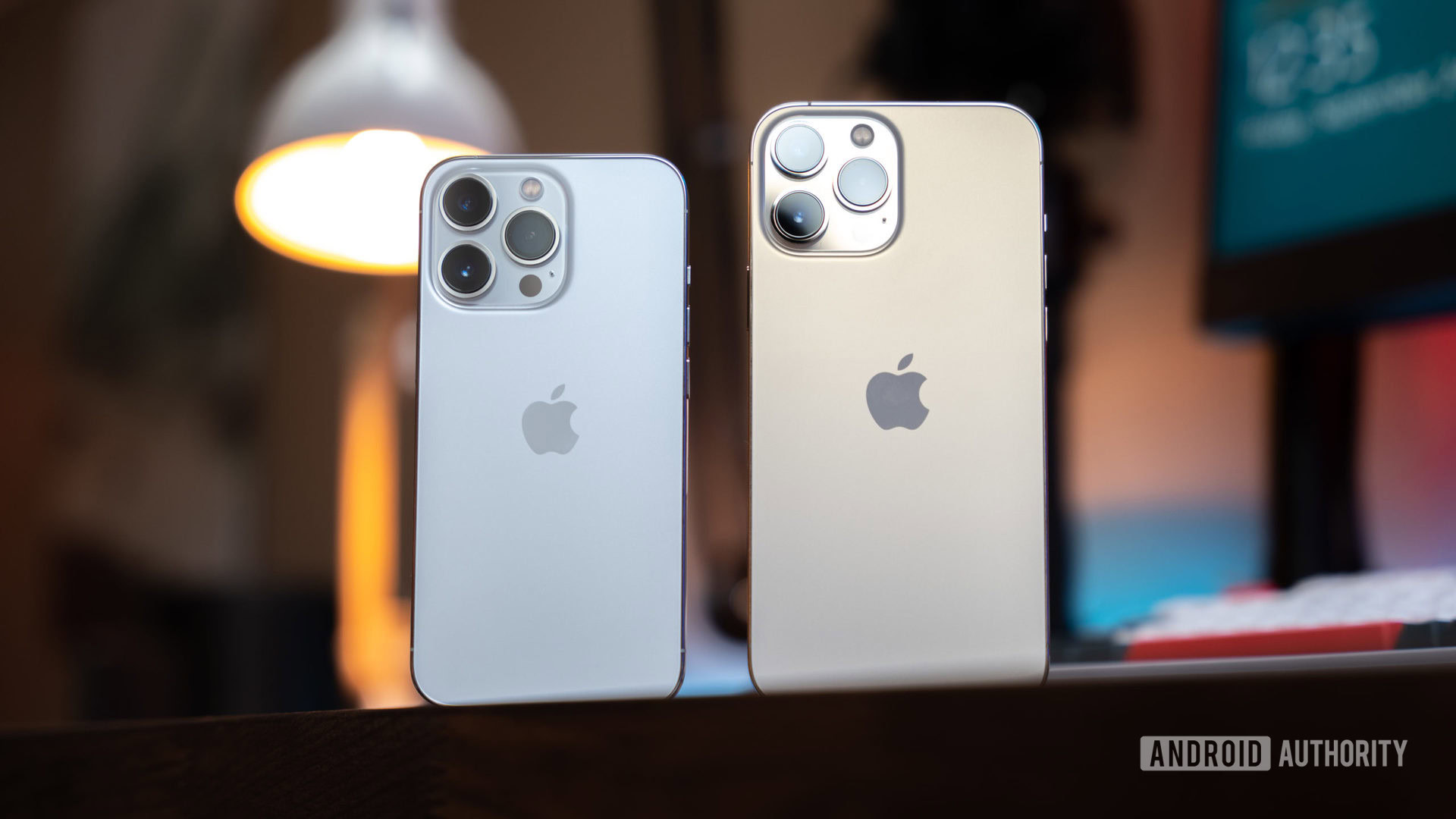
Luke Pollack / Android Authority
The Apple iPhone 13 family is a competitive collection of smartphones that rivals the best from Android. This powerful range covers a plethora of sizes, price points, and capabilities while sharing core experiences. It offers high-quality hardware, peerless performance, and a massive ecosystem of apps and accessories that make it an attractive option against the variety of hardware from Android manufacturers.
Despite all of Apple’s efforts to make the iPhone 13 series the best-ever smartphones, it managed to make a few mistakes here and there that hold the phones back. Here’s how Apple can improve the iPhone 14 (and iPhone 14 Pro) and put the screws on Android.
Ditch the Lighting port for USB-C
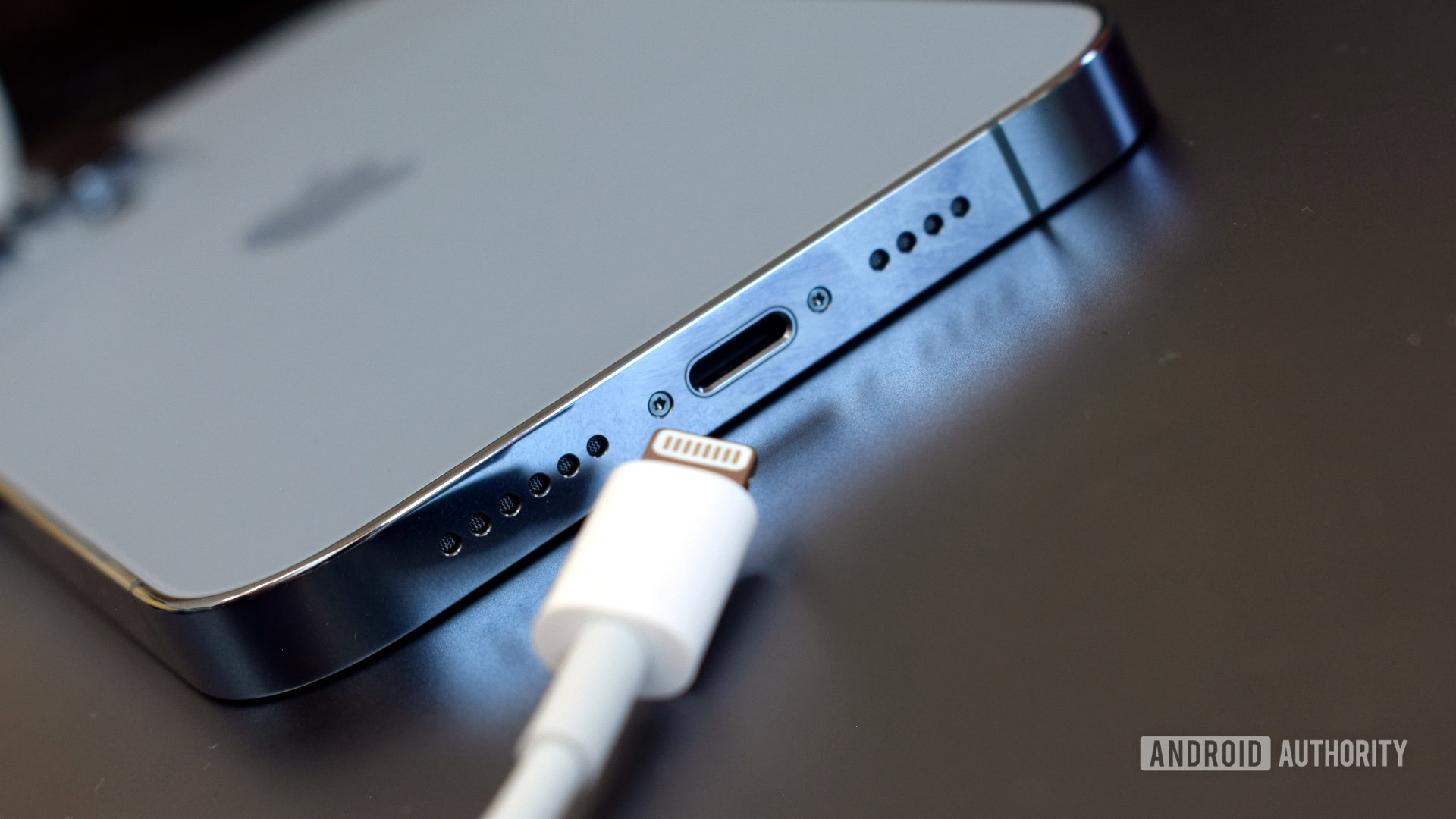
Robert Triggs / Android Authority
Apple has relied on its proprietary Lighting port going back 10 years to the iPhone 5. It has graced the bottom edge of every new iPhone since 2012. When it first debuted, the Lightning port was a solid upgrade for iPhones. It replaced the old (also proprietary) 30-pin connector used by Apple and was easier to use, was faster at charging and transporting data, and was much smaller.
It also pre-dated USB-C by a couple of years. The USB Implementers Forum didn’t approve USB-C Specification 1 until 2014, but the standardized port has gained new features and near-universal adoption since. The vast majority of small consumer electronics devices, including phones, tablets, laptops, accessories, and more, all rely on USB-C for charging and/or data transfer — all except for the iPhone.
See also: Find the right USB-C cable and charger for your needs
It’s time, Apple. It’s time to join the rest of the consumer electronics industry in supporting the standardized port. Apple has already updated select iPads and MacBooks to USB-C. Not only would the move be a boon to regular people who have drawers full of old cables, but it would also help the environment. Put a USB-C port on the bottom of the iPhone 14, Apple. Do it.
(Side note: Apple may not have a choice in the matter, as the European Commission in September 2021 mandated that USB-C be used across product categories for charging.)
Drop the notch
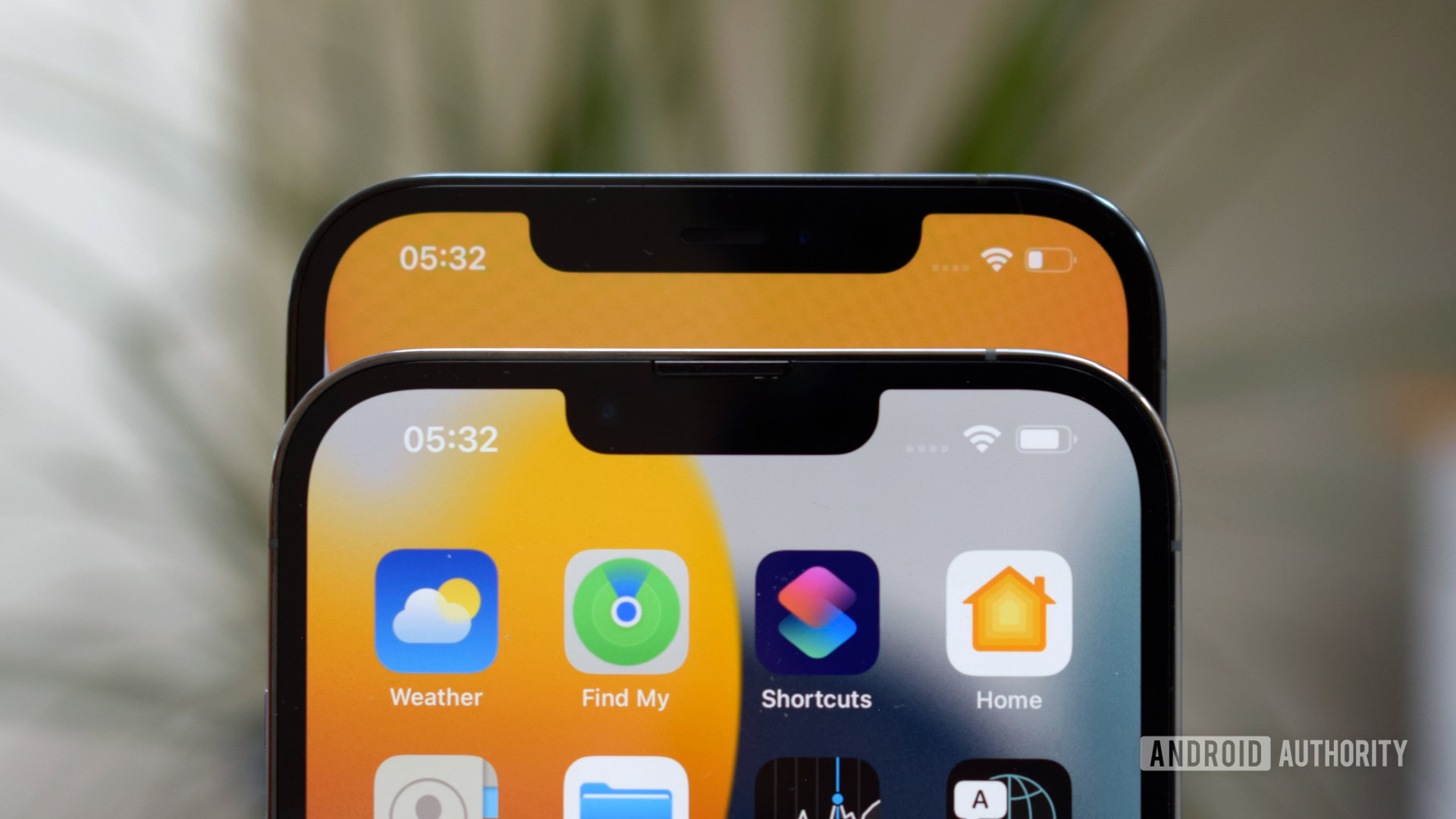
Robert Triggs / Android Authority
Notches were a blessedly short-lived phenomenon on Android devices (for the most part.) In the rush to create all-display experiences, smartphone makers came up against the physical limitations of space required for necessities such as selfie cameras, earpiece speakers, and proximity sensors. And so the notched display was born — a screen with a cutout near the top to allow phone makers to cram everything in. Notches came in boat shapes, U shapes, teardrop shapes, and more but have largely receded in the Android space thanks to punch hole camera displays. Apple is the lone major holdout of the far-too-big notch.
Check out: The best notch-less phones for notch haters
Most iPhones released since the 2017 iPhone X have featured a large, boat-shaped notch at the top of the screen to hold the camera and Face ID module. While Apple reduced the size of the iPhone 13’s notch by about 20% when compared to the iPhone 12’s notch, it’s still a ludicrously large notch. It’s time Apple designed a flagship without a notch and the iPhone 14 should be the phone to do it — even if that means a slightly thicker bezel above the display.
Faster charging
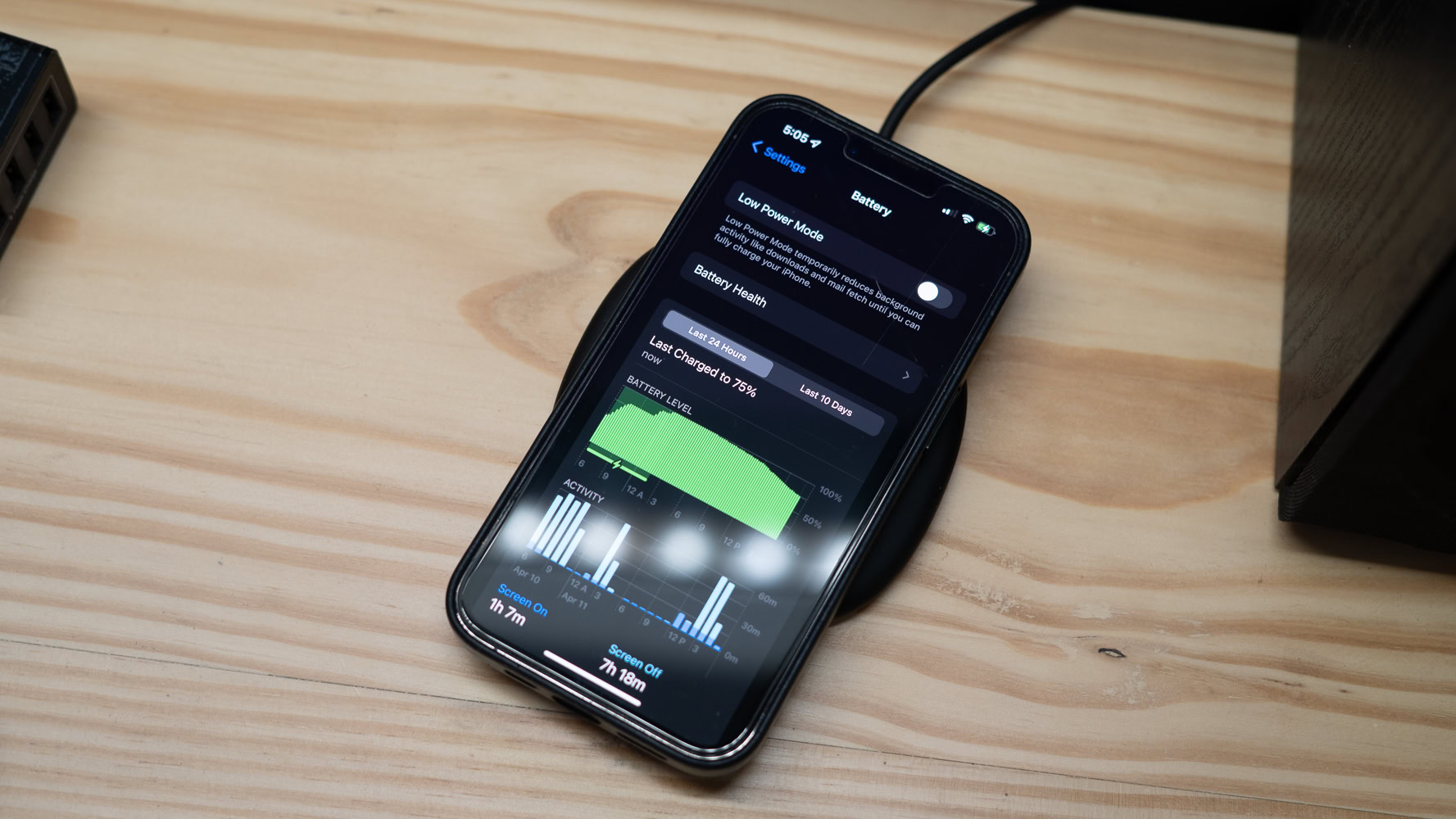
Dhruv Bhutani / Android Authority
Apple has not played the fast charging game. While Android device makers race to the extreme, designing phones that can charge fully in under 30 minutes, Apple has plodded along and barely improved the charging rate of the iPhone at all. The iPhone 13 Pro, for example, charges at ~20W with peaks of 27W with the appropriate wired charger and 15W with Apple’s wireless MagSafe chargers. Have a regular Qi-based wireless charger? The iPhone 13 Pro charges at just 7.5W. Samsung also plays it a bit conservative with wired charging rates of just 45W on its top flagships and wireless charging rates of 15W for its Galaxy S22 series.
Don’t miss: A buyer’s guide to the best wireless chargers
Apple doesn’t need to ramp things up to the ridiculous, but reduced charging times would be a major boost to the iPhone 14.
120Hz across the board
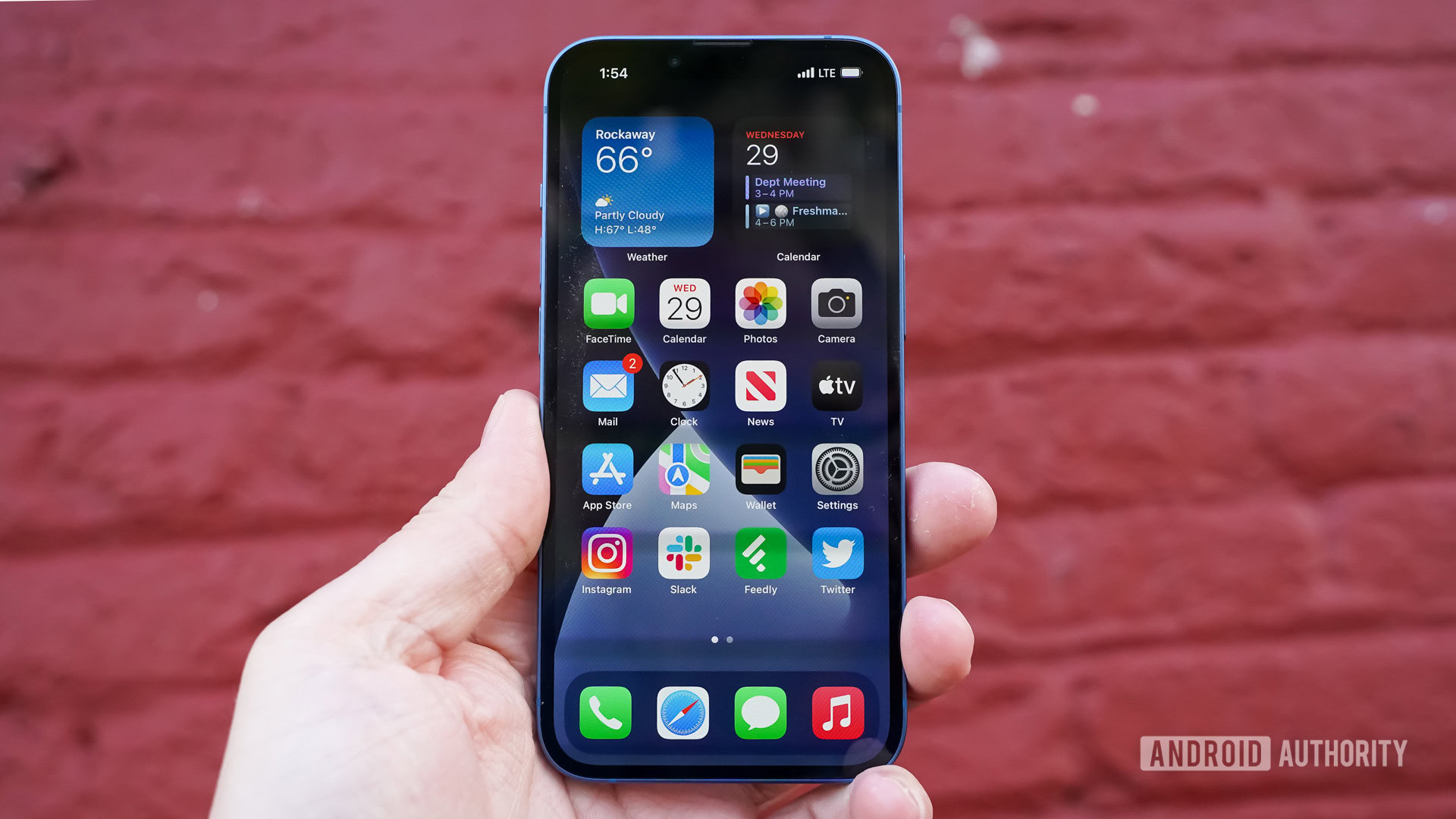
Eric Zeman / Android Authority
The iPhone 14 needs a faster screen. At this point in the game, the majority of ~$800 Android phones have adopted displays with refresh rates of up to 120Hz. Nearly all high-end flagships already boast such screens. Apple’s own iPhone 13 Pro and Pro Max offer 120Hz panels that Apple calls “ProMotion.” Such screens provide a smoother experience, particularly when scrolling through apps. The vanilla iPhone 13 and iPhone 13 Mini, however, are stuck with 60Hz panels.
More reading: Refresh rate explained
Apple should update the display of its non-Pro iPhone to include the same 120Hz refresh rate as its costlier Pro models. This would put the iPhone 14 on par with its Android competitors.
The return of Touch ID
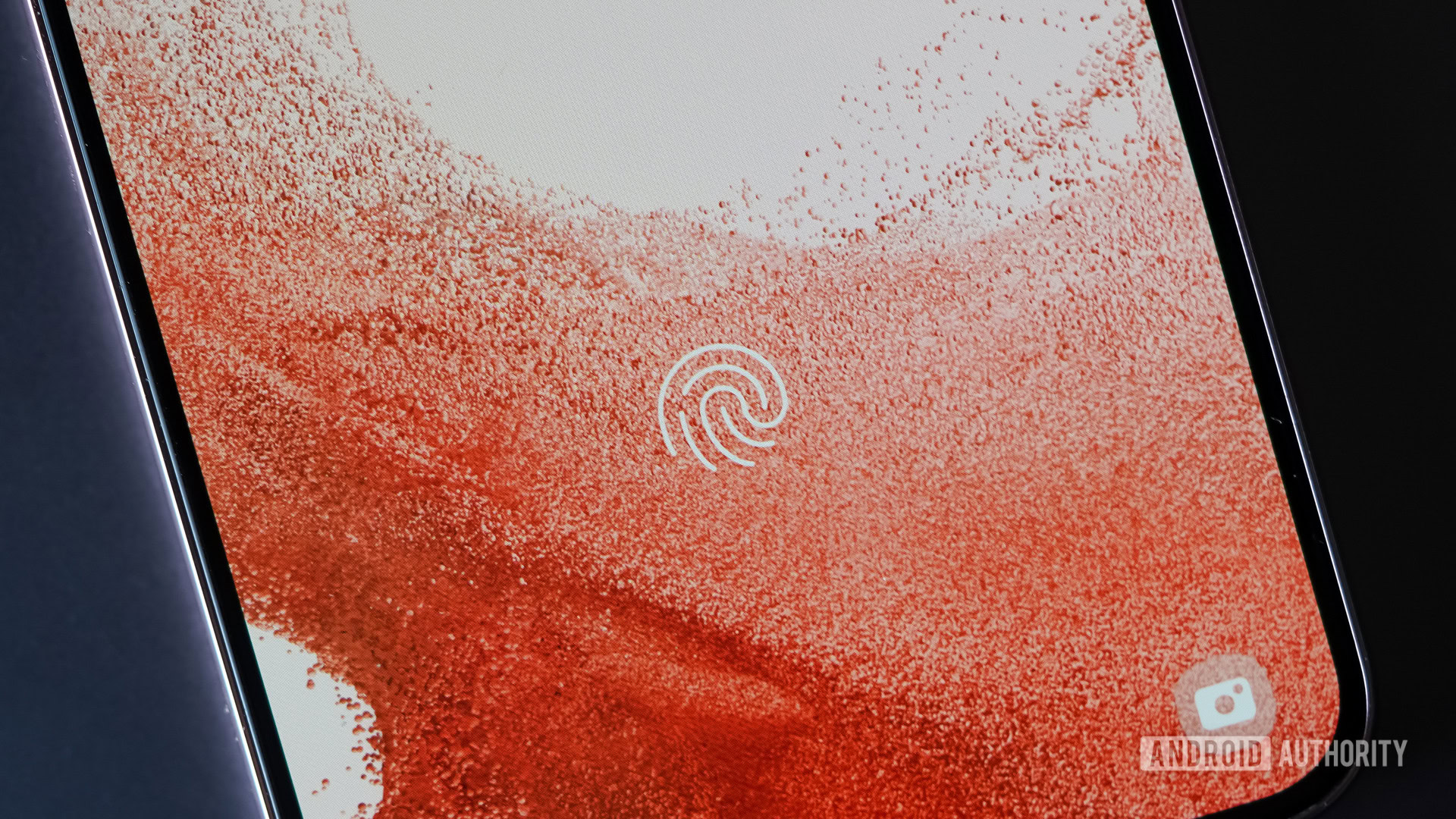
Eric Zeman / Android Authority
When Apple announced the iPhone X in 2017, the new iPhone was missing a major feature: Touch ID. For years, Apple had included a fingerprint reader in the home button of its iPhones. But the iPhone X (and most iPhones since) dropped the home button in favor of an all-screen design. Face ID, which is an outstanding and secure facial recognition unlocking mechanism, replaced Touch ID. As good as Face ID is (and it’s the best), some people long for the return of Touch ID. What’s more, if we’ve learned anything from the COVID pandemic, it’s that we can’t always rely on our faces to unlock our phones. A recent update does offer face unlock with masks, but it remains unreliable.
See also: The phones with the best in-display fingerprint readers
Apple should include an in-display fingerprint scanner in the iPhone 14. This would give Touch ID fans the option they prefer to unlock the phone. It would also allow Apple to make an iPhone 14 without a notch. And if not an in-display offering, then perhaps something built into the power button on the side of the phone. For now, if you’re dead set on Touch ID your only option at the moment is the iPhone SE (2022).
Higher-resolution cameras, please
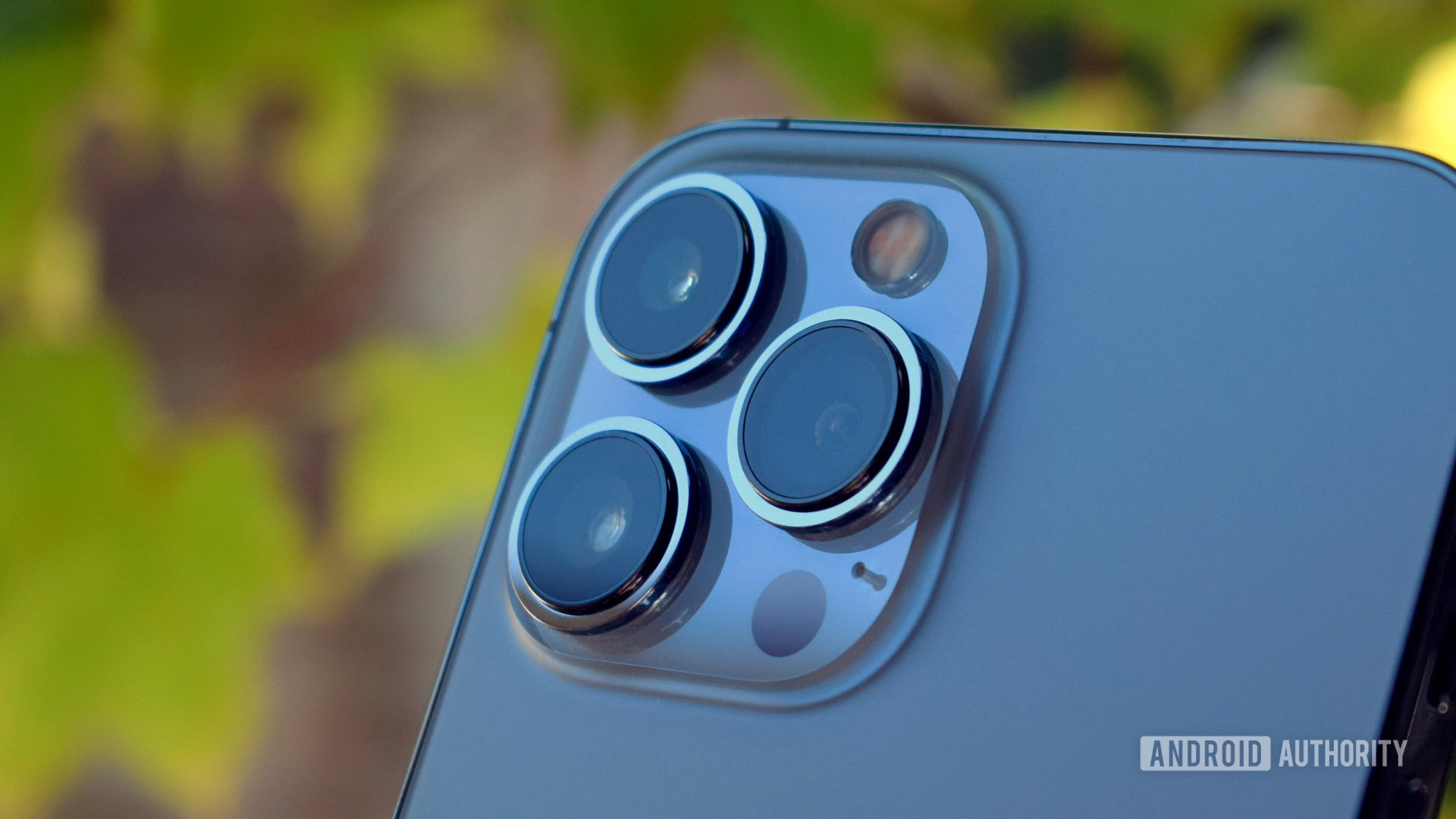
Robert Triggs / Android Authority
The iPhone 13 Pro series has one of the better camera suites available on a mobile device. It packs the main, ultrawide, and telephoto lens combination we prefer and manages to take very good pictures. However, Apple has relied on 12MP sensors in its phones dating back to the 2016-era iPhone 7 Plus.
Apple’s chief competitors in the mobile photography space are Google and Samsung. The Pixel 6 and Galaxy S22 series are excellent choices when it comes to camera quality. These phones have upped the resolutions of their main cameras significantly. The Pixel 6 Pro, for example, has a 50MP main camera, while the Galaxy S22 Ultra has a 108MP main shooter. This gives Google and Samsung the flexibility to offer more features with their main cameras that Apple can’t match with its 12MP sensor, such as ultra-high-resolution shots and pixel binning for improved low-light performance.
While megapixels aren’t everything, we’d like to see Apple update its sensors with higher-resolution options for the iPhone 14.
A new look
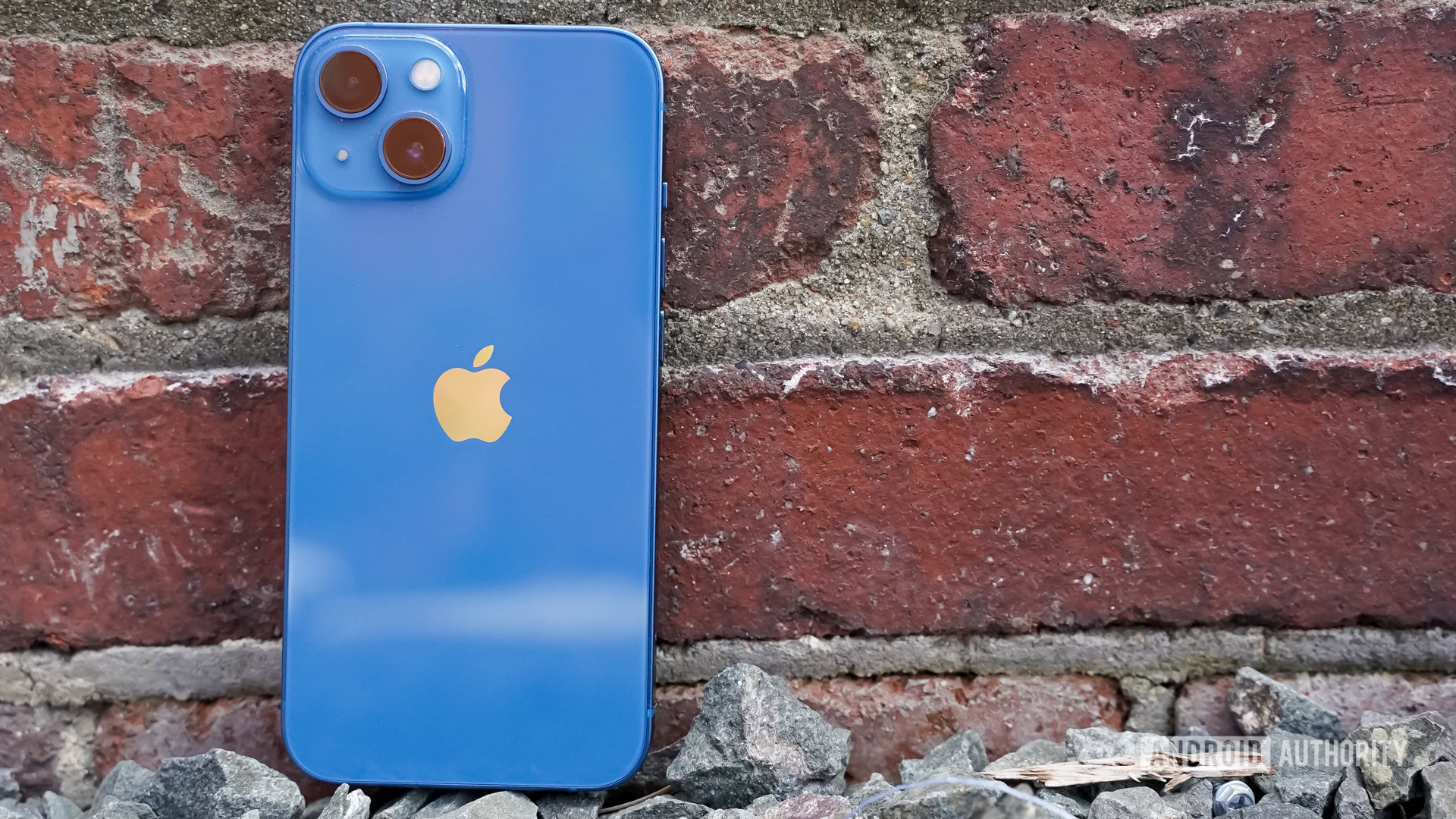
Eric Zeman / Android Authority
If there’s one company that relies on its industrial design to last through a few product cycles, it is Apple. Look no further than the MacBook, MacBook Air, or iPad Pro and you’ll see devices that have barely changed in general appearance at all for years at a time. While there’s something to be said for consistency, it’s good to shake things up on occasion. Google, for example, has introduced significantly different devices year after year with its Pixel phones.
Check out: Smartphone features and design trends we don’t miss
The iPhone 13 and iPhone 12 before it carry the same basic look — particularly when you view the screen. Front the front perspective, the iPhone has hardly changed at all going back to the iPhone X. It’s past time Apple gave the iPhone family some fresh duds. More than a new coat of paint, we’d like to see Apple overhaul the iPhone 14 family enough so that it has an identity all its own.
What do you want to see most in the iPhone 14?
27 votes



